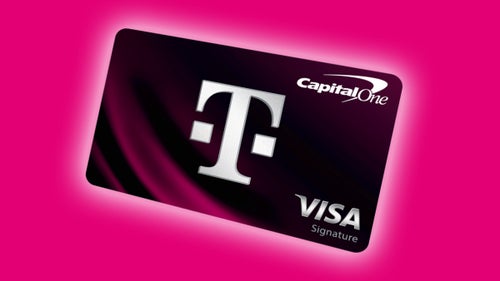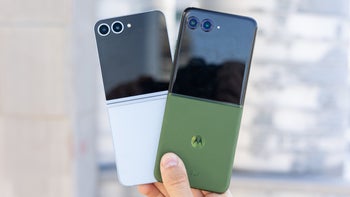Samsung's 'next flagship product' is confirmed to use first-of-its-kind AMD GPU

For the first time in its 10-year history, Samsung's in-house Exynos family of Snapdragon-rivaling processors got a dedicated announcement event ahead of the big Galaxy S21 series launch scheduled for January 14.
In line with all those rumors from the last few months, the Exynos 2100 SoC was officially unveiled earlier today with top-shelf specifications and the potential to outperform Qualcomm's latest flagship... for a change. But that's actually not the only exciting thing the world's number one smartphone vendor announced at its surprising Exynos On 2021 event.
While Samsung avoided to go into much detail about the other thing, this is something that's been expected to see daylight for several years now. Yes, we're talking a highly anticipated "next generation mobile GPU" developed in collaboration with AMD.
As rumored back in August 2020, this bad boy will obviously not be ready for primetime by the end of January 2021. That means the Galaxy S21, S21+, and S21 Ultra are set to use Arm-based Mali G78 graphics technology in their "international" Exynos-powered incarnations while replacing that with a Qualcomm-made Adreno 660 GPU as far as Snapdragon 888 variants designed for the US and a couple of other markets are concerned.
But then Samsung's confirmed plan for its "next flagship product" is to offer AMD-powered graphics technology. Unfortunately, that's about all System LSI Business President Dr. Inyup Kang was willing to share on this newly announced high-profile partnership, which pretty much raises more questions than it provides answers to.
The biggest mystery revolves around the identity of this "next flagship product", which could be Samsung's oft-rumored Galaxy Note swan song, as well as the ultra-high-end (and presumably ultra-expensive) Z Fold 3 or even 2022's Galaxy S22 lineup. Whichever of these three scenarios will eventually pan out, we're certainly intrigued to see what AMD can do to help Samsung's homebrewed chips eclipse the towering graphics performance of Qualcomm and Apple's best smartphone SoCs.














Things that are NOT allowed: